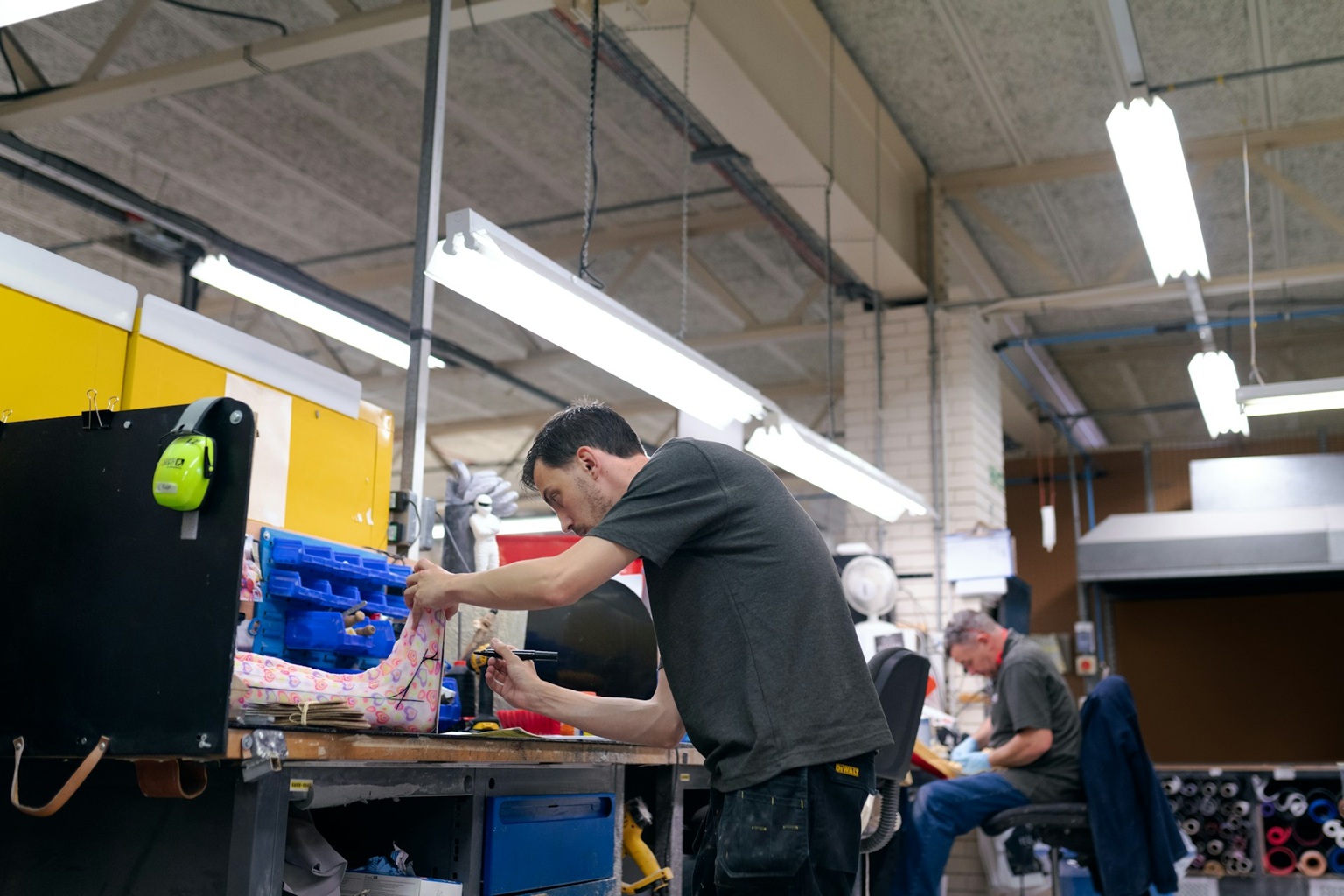
How Data Science Shapes the Supermarket Supply Chain
August 24, 2023 - Emily Newton
Revolutionized is reader-supported. When you buy through links on our site, we may earn an affiliate commission. Learn more here.
Most people take it for granted that they can buy a pineapple in winter. The reality is that shipping food, drinks, cosmetics and other perishable goods around the globe requires precise planning, especially when time and temperature are of the essence. Gone are the days of doing these mind-boggling calculations on paper — today, computer-based data science helps logistics managers control the supply chain. Here are six ways data science shapes what we buy.
1. Demand Forecasting
How much tartar sauce do customers really want? Of the select few who buy it, how often do they purchase it?
Questions like these fall into the realm of demand forecasting. All along the supply chain, data science takes customer demand into account, helping supermarkets decide whether to order another pallet of that tartar sauce — or pull it from the shelves entirely.
However, analyzing which items sell the best is just one piece of the puzzle.
For example, bananas may be the number one best-selling product in U.S. grocery stores, but some items that sell less frequently are very important to certain customers. Getting rid of corn tortillas and mole sauce might prompt Hispanic shoppers to look elsewhere for these Mexican staple foods, while discontinuing baby food would force new parents to find another supermarket. Grocery chains usually keep at least a small supply of less popular items to ensure they meet their customers’ needs.
Demand forecasting also takes timing into consideration when helping supermarkets order food. Customers might not purchase large amounts of corn, pork ribs and barbecue sauce on a regular basis, but these items are in high demand in U.S. stores before the 4th of July. Data science helps anticipate spikes in consumer demand to prevent supply chain snags.
2. Customer Segmentation
Loyalty programs offer supermarkets a treasure trove of data. Which items do local customers tend to purchase the most? How much do they buy during any given shopping trip? Loyalty programs help stores build profiles of frequent shoppers and categorize them, a process called customer segmentation.
For example, maybe most early morning shoppers are health conscious and tend to spend more for fat-free, sugar-free or keto options. Evening shoppers might gravitate toward processed foods such as ready-to-eat meals because they’re in a rush. Weekend shoppers may make larger purchases as they stock up on items for the week.
By gathering data on the same shoppers over time, grocery store chains can decide which products they should order more of — and which aren’t worth it. They can also use the data to drive marketing decisions such as which types of ads to include next to products.
3. Logistics
What’s the fastest, most fuel-efficient way to ship frozen beef from Texas to Japan? What time should it arrive at the grocery store to ensure somebody is there to receive it?
Logistics is all about route optimization and timing. This use of data science in the supply chain helps coordinate flights and truck schedules across multiple time zones, locations and languages. No single country can produce every item it wants to stock in its stores. Instead, multiple parties have to work together to import and export goods.
Planning a shipment even has to take temperature into account. For example, how long will it take for a refrigerated truck to reach its destination if it chills the shipment at 30°F? What if it needs to deliver a colder product on a hotter day? It’s critical to strike a balance between speed, efficiency, driver comfort and product quality. Doing so takes careful planning.
Data science can identify ways to improve the logistics aspect of the supply chain. For example, one study found that using microdistribution centers to assist with last-mile deliveries could reduce supply chain emissions by 16% to 26% by 2025. That would reduce drivers’ overall fuel use and, by extension, the cost of shipping goods.
4. Price Optimization
How should a grocery store price its tomatoes? Of course, a store has to take the cost of growing, shipping and washing tomatoes into account, and these prices can vary year by year. But it also has to look at consumer purchasing habits.
If a product consistently languishes on the shelf, a deep dive into data science can provide some insight. Maybe people used to buy more cheddar cheese when it was $5 a bag, but the current $8 price is just steep enough that it’s scaring customers away.
By looking through purchase histories, stores can decide whether to reprice an item or phase it out altogether. Sometimes, demand isn’t high enough to justify keeping a product in stock. Other times, moving it to a different location in the store is all it takes to spur interest.
5. Store Layout
Putting the candy bars, gum and other small impulse items near the checkout lane is no accident. A grocery store’s layout is a careful study in shaping consumer behavior.
The fresh flowers are right by the entrance. The smell of the bakery wafts out a supermarket’s front doors. Every item has a tried-and-true place in the grocery store, and customers have even come to expect the classic dairy-in-the-back layout. Data analysis helps supermarkets decide more than just which items to buy — it can also help them make decisions about product placement.
6. Inventory Management
Data science also aids in supply chain management by helping supermarkets with their inventory. For example, inventory software can tell store owners when it’s time to rotate the oldest heads of lettuce to the front of the line, which bottles of milk to discard and what percentage of the canned beans are still fresh.
This data is crucial to keeping the supply chain running smoothly. It helps grocery stores decide when to order more products and when to mark down items they need to sell quickly. Additionally, it gives customers a better experience by ensuring only the freshest items stay in rotation.
The Role of Data Science in the Supply Chain
Data science may work behind the scenes, but it plays a crucial part in how grocery stores operate. From the temperature of an ice cream delivery truck to the timing of a blueberry shipment, data science coordinates every aspect of the supply chain.
Customers may not be aware of just how much analysis goes into providing their favorite TV dinners — however, they would certainly notice if it stopped.
Revolutionized is reader-supported. When you buy through links on our site, we may earn an affiliate commission. Learn more here.
Author
Emily Newton
Emily Newton is a technology and industrial journalist and the Editor in Chief of Revolutionized. She manages the sites publishing schedule, SEO optimization and content strategy. Emily enjoys writing and researching articles about how technology is changing every industry. When she isn't working, Emily enjoys playing video games or curling up with a good book.






